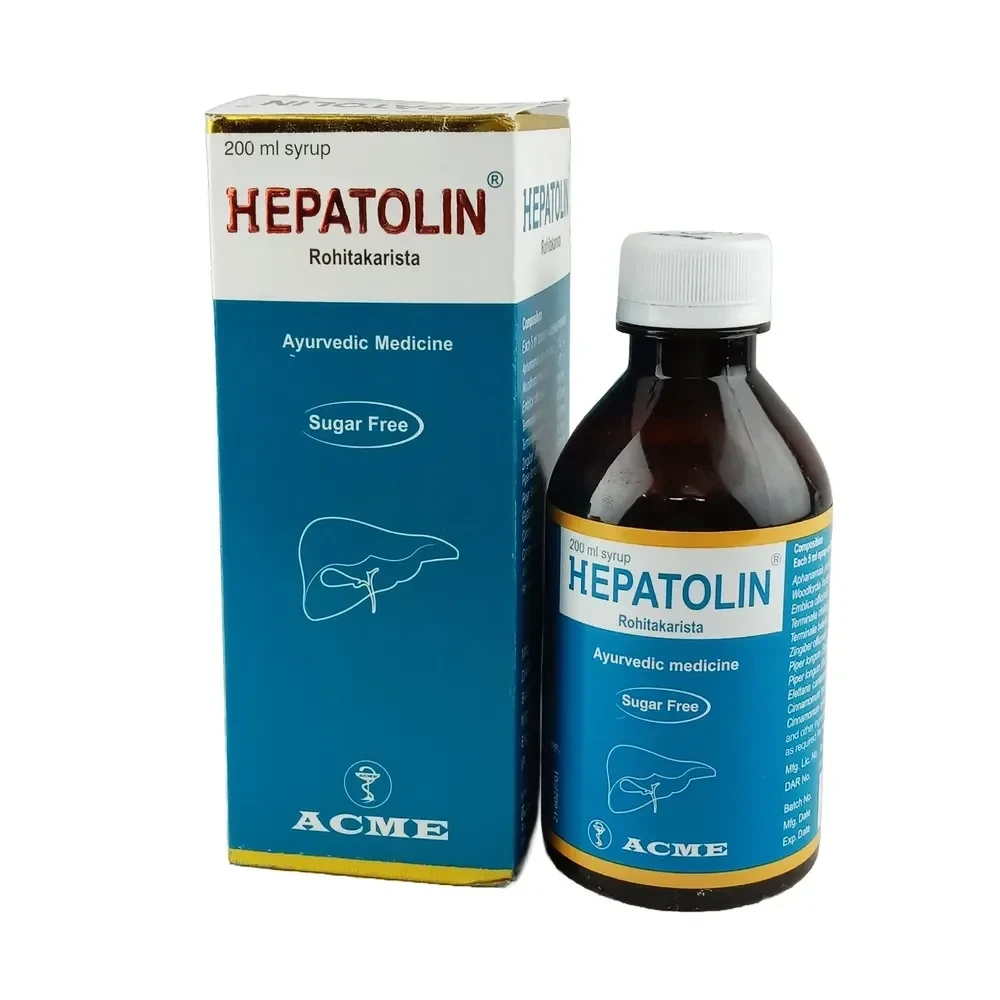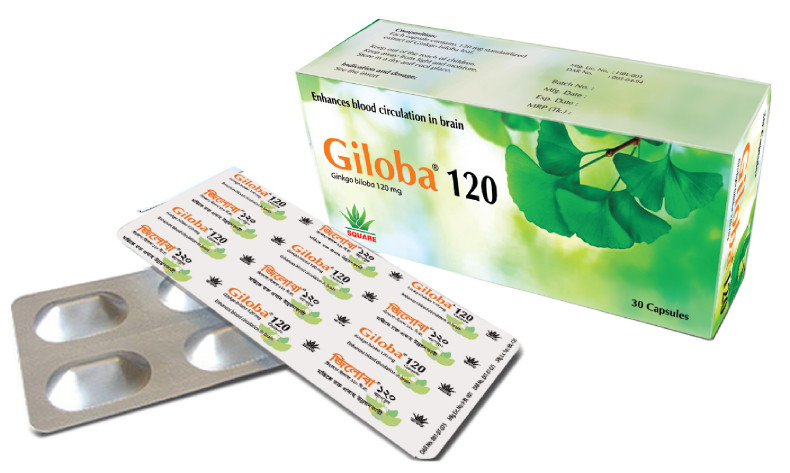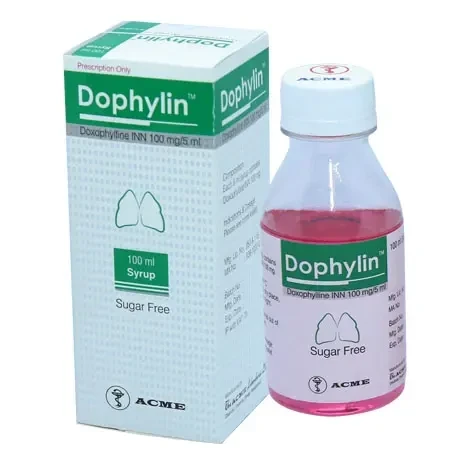

Oxifyl CR Tablet (Controlled Release), Pentoxifylline 400 mg
Inhouse product
-
৳11.40
৳12.00 -
৳42.75
৳45.00 -
৳16.63
৳17.50 -
৳2.14
৳2.25
Reviews & Ratings
Indications
This is indicated in-
- Peripheral arterial occlusive disease (PAOD) of
arteriosclerotic or diabetic origin (e.g. with intermittent claudication
and rest pain)
- Trophic lesions (e.g. leg ulcers and gangrene)
- Cerebral vascular diseases
- Circulatory disturbances of the eye in conjunction with
degenerative vascular disorders.
* রেজিস্টার্ড চিকিৎসকের পরামর্শ মোতাবেক ঔষধ সেবন করুন'
Pharmacology
Pentoxifylline and its metabolites improve the
flow properties of blood by decreasing its viscosity. In patients with chronic
peripheral arterial disease, this increases blood flow to the affected
microcirculation and enhances tissue oxygenation. The precise mode of action of
pentoxifylline and the sequence of events leading to clinical improvement are
still to be defined. Pentoxifylline administration has been shown to produce
dose-related hemorrheologic effects, lowering blood viscosity, and improving erythrocyte
flexibility. Leukocyte properties of hemorrheologic importance have been
modified in animal and in vitro human studies. Pentoxifylline has been shown to
increase leukocyte deformability and to inhibit neutrophil adhesion and
activation. Tissue oxygen levels have been shown to be significantly increased
by therapeutic doses of pentoxifylline in patients with peripheral arterial
disease.
Dosage & Administration
In principle, dosage is based on the type and
severity of the circulatory disorders and on how the individual patient
tolerates the drug. Usual dosage is 400 mg pentoxifylline 2 to 3 times daily.
Tablets are to be swallowed whole during or shortly after a meal with
sufficient amounts of liquid (approx. ½ glass).
* রেজিস্টার্ড চিকিৎসকের পরামর্শ মোতাবেক ঔষধ সেবন করুন'
Interaction
- Precautions for use: The blood-sugar-lowering effect of
insulin or oral antidiabetics may be potentiated. Therefore it is
recommended that patients under medication for diabetes mellitus be
carefully monitored. Post-marketing cases of increased anti-coagulant
activity have been reported in patients concomitantly treated with Oxifyl
CR and anti-vitamin K. Monitoring of anti-coagulant activity in these
patients is recommended when Oxifyl CR is introduced or the dose is
changed.
- Take into account: The blood-pressure-lowering efect of
antihypertensive agents and other drugs with blood-pressure-lowering potential
may be increased by Oxifyl CR.
- Concomitant administration of Oxifyl CR and
theophylline may increase theophylline levels in some patients. Therefore,
there may be an increase in and intensifcation of adverse reactions from
theophylline.
- Concomitant administration with ciprofoxacin may
increase the serum concentration of Oxifyl CR in some patients. Therefore,
there may be an increase in and intensifcation of adverse reactions
associated with co-administration.
- Potential additive efect with platelet aggregation
inhibitors: Because of the increased risk of bleeding, the concomitant
administration of a platelet aggregation inhibitor (such as clopidogrel,
eptifibatide, tirofiban, epoprostenol, iloprost, abciximab, anagrelide,
NSAIDs other than selective COX-2 inhibitors, acetylsalicylates [ASA/LAS],
ticlopidine, dipyridamole) with Oxifyl CR should be undertaken with
caution.
- Concomitant administration with cimetidine may increase
the plasma concentration of Oxifyl CR and the active Metabolite.
Contraindications
Pentoxifylline must
not be used:
- in patients with hypersensitivity to pentoxifylline,
other methylxanthines or any of the excipients of Pentoxifylline.
- in patients with massive bleeding (risk of increased
bleeding).
- in patients with extensive retinal bleeding (risk of
increased bleeding).
Side Effects
These adverse
reactions have been reported in clinical trials or post-marketing-
- Investigations: Transaminases increased (Transaminase
elevation), Blood pressure decreased (Fall in blood pressure)
- Cardiac disorders: Arrhythmia (Cardiac arrhythmia),
Tachycardia, Angina Pectoris
- Blood and lymphatic system disorders: Thrombocytopenia
(Thrombopenia), Leucopenia/neutropenia
- Nervous system disorders: Dizziness, headache, meningitis
aseptic (Aseptic meningitis)
- Gastrointestinal disorders: Gastrointestinal disorder
(Gastrointestinal complaints), Epigastric discomfort (Gastric pressure),
Abdominal distension (Fullness), Nausea, Vomiting, Diarrhoea,
Constipation, Hypersalivation
- Skin and subcutaneous tissue disorders: Pruritus,
Erythema (Reddening of the skin), Urticaria, Rash
- Vascular disorders: Hot fush (Flushes), Haemorrhage
(Bleedings)
- Immune system disorders: Anaphylactic reaction,
Anaphylactoid reaction, Angioedema (Angioneurotic edema), Bronchospasm,
Anaphylactic shock (shock)
- Hepatobiliary disorders: Cholestasis (Intrahepatic
cholestasis)
- Psychiatric disorders: Agitation, Sleep disorder (Sleep
disturbances)
Pregnancy & Lactation
Insufficient experience has been gained concerning
use in pregnancy. Therefore, it is recommended that Pentoxifylline is not used
during pregnancy. Pentoxifylline passes into breast milk in minute quantities.
Because insufficient experience has been gained, the physician must carefully
weigh the possible risks and benefits before administering Pentoxifylline in
breast-feeding women.
Precautions & Warnings
At the first signs of
an anaphylactic/anaphylactoid reaction, Oxifyl CR must be discontinued or the
infusion be halted immediately, and a physician must be informed. Particularly
careful monitoring is required:
- in patients with severe cardiac arrhythmias
- in patients with myocardial infarction
- in hypotensive patients
- in patients with impaired renal function (creatinine
clearance below 30 ml/min)
- in patients with severely impaired liver function
- in patients with increased bleeding
- in patients treated concomitantly with Oxifyl CR and
anti-vitamin K or platelet aggregation inhibitors
- in patients treated concomitantly with Oxifyl CR and
antidiabetic agents
- in patients treated concomitantly with Oxifyl CR and
ciprofoxacin
- in patients treated concomitantly with Oxifyl CR and
theophylline
Use in Special Populations
Hepatic impairment: A dose reduction- guided by individual tolerance-
is necessary in patients with severely impaired liver function.
Renal impairment: In patients with impairment of renal
function (creatinine clearance below 30 mL/min) a dose reduction by approx. 30%
to 50% may be necessary guided by individual tolerance.
Other: Treatment must be started at low-dose levels
in hypotensive patients or patients whose circulation is unstable as well as in
patients, who would be at particular risk from a reduction in blood pressure
(e.g. patients with severe coronary heart disease or relevant stenoses of blood
vessels supplying the brain); in such cases, the dose must only be increased
gradually.
Overdose Effects
Initial symptoms of acute overdose with Oxifyl
CR may be nausea, dizziness, tachycardia or a fall in blood pressure.
Furthermore, signs such as fever, agitation, flush, loss of consciousness,
areflexia, tonic -clonic convulsions and as a sign of gastrointestinal bleeding
- coffee-ground vomiting may occur. No specific antidote is known. If ingestion
has only just taken place, attempts may be made to prevent further systemic
absorption of the active ingredient by primary elimination of the toxin (e.g.
gastric lavage) or by delaying its absorption (e.g. activated charcoal).
Therapeutic Class
Peripheral Vasodilator drugs: Intermittent
Claudication
Storage Conditions
Keep in a cool and dry place, away from light.
Do not use later than date of expiry. Keep all medicine out of the reach of
children. To be dispensed only on the prescription of a registered physician.
Frequently Bought Products
Dorel Plus Tablet, Clopidogrel + Aspirin 75 mg+75 mg
BSS GV Irrigation Solution 500 ml bottle, Balanced Salt Solution
Hepatolin Syrup 200ml bottle, Rohitakarista
Lebac Pediatric Drops 15ml, Cephradine 125 mg/1.25 ml
Skilin Cream 15 gm tube, Permethrin 5% w/w
Genacyn Ointment 10 gm tube, Gentamicin Sulfate 0.1%
Giloba Capsule, Ginkgo Biloba 120 mg
Dophylin Syrup 100 ml bottle, Doxophylline 100 mg/5 ml
Product Queries (0)
Login Or Registerto submit your questions to seller
Other Questions
No none asked to seller yet
-
৳11.40
৳12.00 -
৳42.75
৳45.00 -
৳16.63
৳17.50 -
৳2.14
৳2.25

















